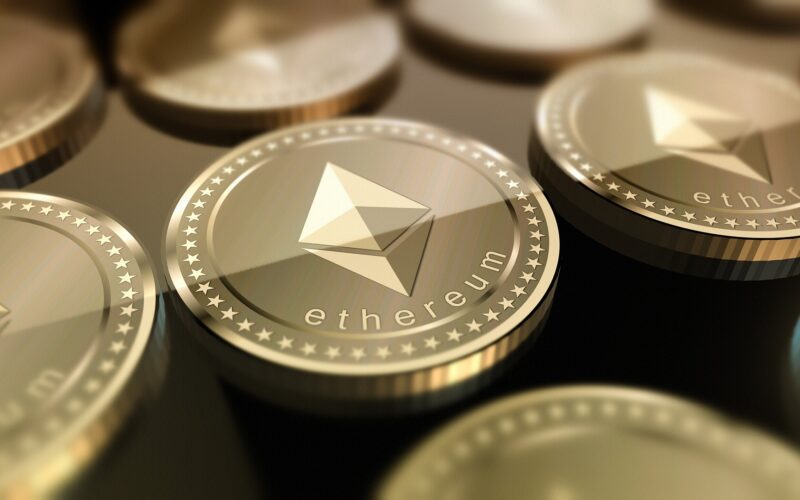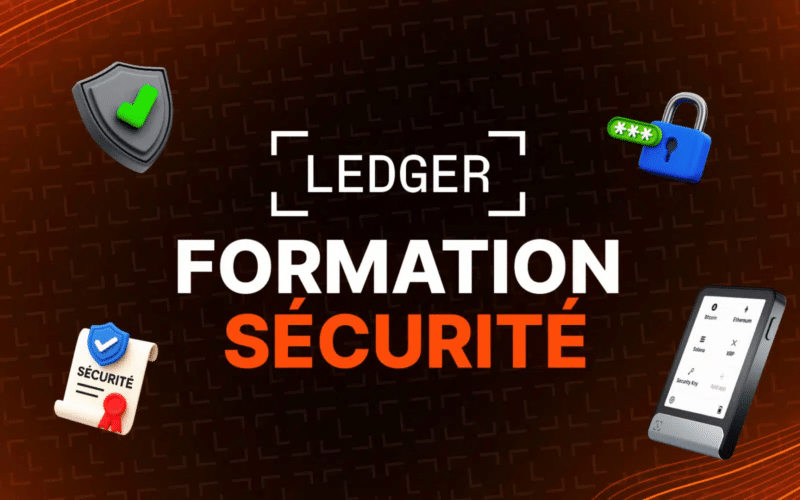For the past few years, one of the biggest expectations of the blockchain industry has been Ethereum’s The Merge. This event, which has often been postponed, should indeed take place in August.
This is the hope expressed by a major Ethereum developer, Preston Van Loon, at the Permissionless conference held from 17 May to 19 May in Palm Beach, USA. He believes that “if all goes according to plan, August is simply the logical date for Ethereum’s Merge”.
Ethereum’s Merge, or more commonly “The Merge”, refers to the network’s transition from Proof of work to Proof of stake. This transition is intended to merge the blockchain with the beacon chain.
Ethereum’s beacon chain, already in proof of stake, has been available since the end of 2020 but does not allow the development of complex applications on the network. In fact, its only use is to offer users the opportunity to lock ETH on this network in the hope of obtaining a return on investment when the real merger occurs.
Several consequences should follow from the move to proof of stake. First of all, proof of stake offers the advantage of being less energy consuming. This protocol is therefore favoured from an ecological point of view.
Theoretically, participation in the network would be facilitated, offering greater decentralisation and increased security. Finally, The Merge is expected to reduce ETH emissions by about 90%, resulting in less supply in circulation while generating more demand.

Risk of difficulty bomb threatens Ethereum’s The Merge
In 2016, Ethereum developers introduced what they call “The difficulty bomb” into the code. This threat is only a risk if the network is still in proof of work at the time of its implementation. Indeed, this bomb should increase exponentially the level of difficulty of the equations to be solved by the miners.
These lines of code were introduced to encourage developers to work efficiently on the proof of stake, but also to force reluctant people to make the transition. The problem being that if this danger is realised before the transition to proof of stake, it could potentially freeze the blockchain entirely.
The big challenge for developers is therefore to win this race against time. Failing that, they will have no choice but to release an update to delay the difficulty bomb. However, such an effort would again delay the deployment of The Merge.
Indeed, it is no surprise that Justin Drake of the Ethereum Foundation explains “there is a strong desire to make The Merge happen before the difficulty bomb comes true. The vast majority of developers are participating in this drive to make the merge happen by August.
The Merge does not include the introduction of sharding
The move to proof of stake is fundamental for Ethereum. However, this is not the only major update that the network should experience in the coming months or years. Indeed, sharding represents a major challenge, particularly in terms of reducing transaction costs and increasing the network’s scalability.
In concrete terms, sharding is a way of dividing the network into several chains. The Ethereum Foundation website explains that “with sharding, validators need to store and execute data only for the chain they are validating, not for the entire network (the current situation). This process speeds things up and reduces hardware requirements considerably.
The Merge, in August does not plan to bring sharding to the network. Nevertheless, the move to proof of stake, if it happens in August, is a necessary step that the community has been waiting for years. Let’s hope that The Merge can finally happen.




